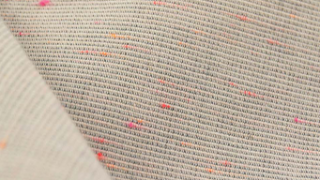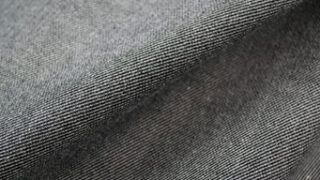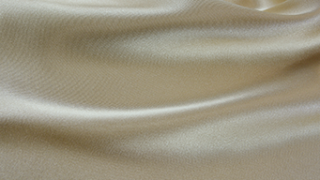Pile Weaves
Pile Fabric
A pile fabric has yarns intentionally protruding from the surface of the cloth, either loops or cut loops.
Corduroy
Corduroy is a pile fabric. The pile or cords of the corduroy fabric is always formed with the filling yarn. The cords or wales may number from 1 to 22 per inch of fabric. Corduroy can be made with one warp and one or two fillings. When two types of filling are used, the fabric is called ground pick corduroy. Corduroy can be made as double binder or single binder. Double binder is when two ends are weaving as one in the warp.
Corduroy can also have a V-shaped pile, a W-shaped pile, or a combination of both. The choice of binder and pile shape affects the cost and performance of the fabric. The V pile is the simplest to cut but once cut, the pile has a higher tendency to come out of the fabric. The W pile, due to its multiple interlacings with the ground warp, is less likely to be pulled out from the fabric during use and care.
Corduroy V-Weave

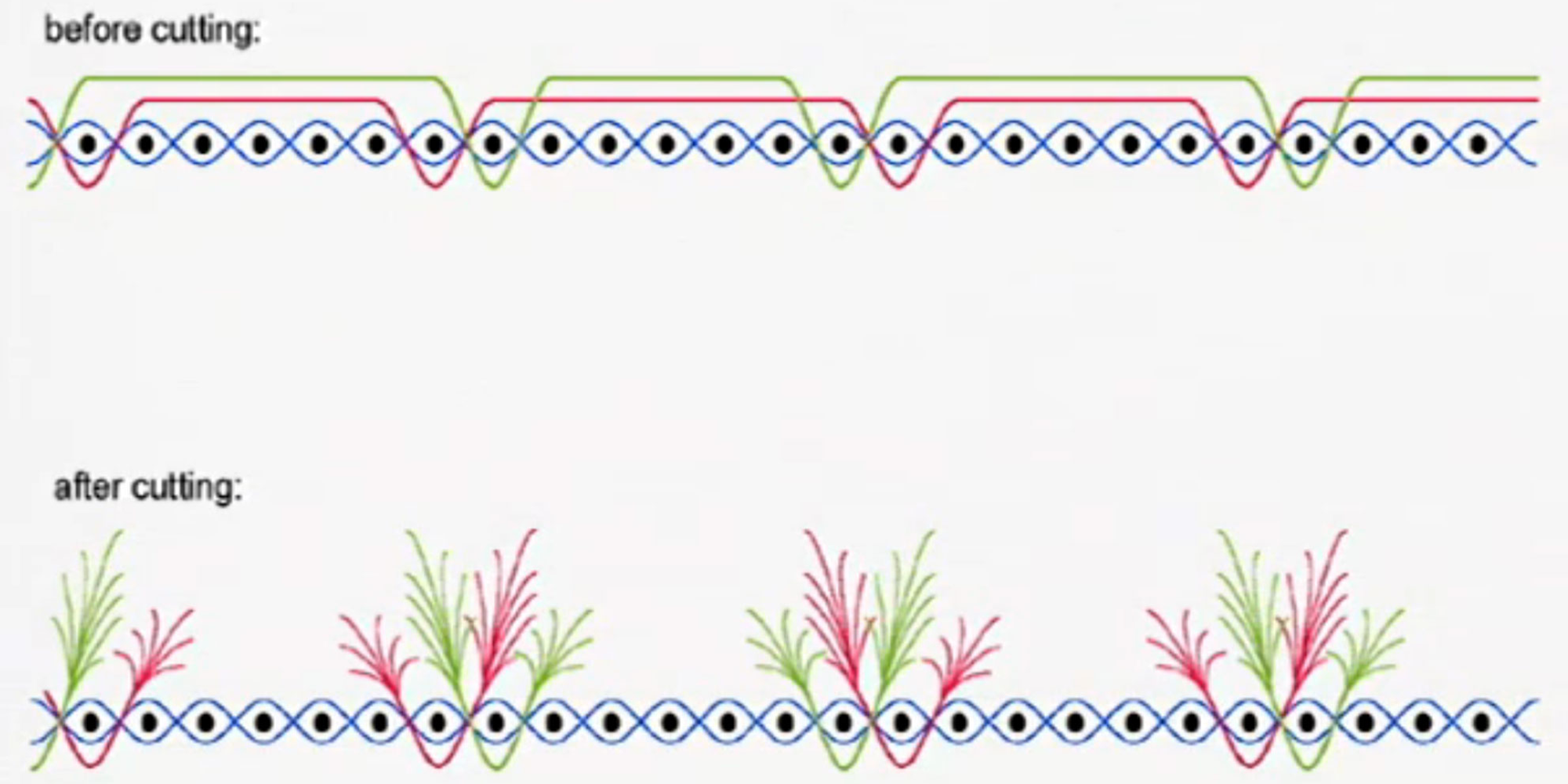
Corduroy W-Weave

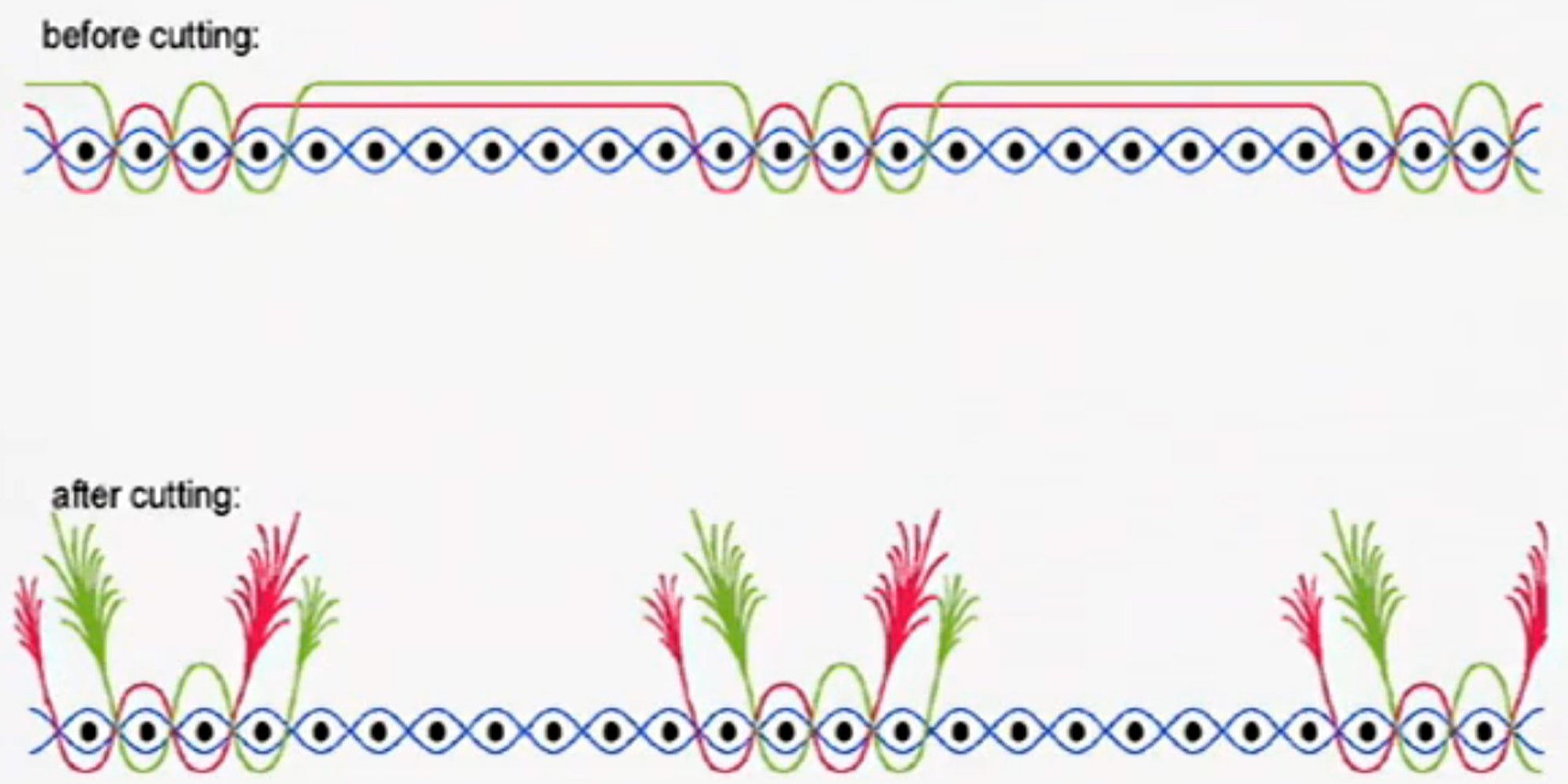
Some corduroy has a combination of both V and W. Usually seen in wide wale goods, the W will add stability to the outside of the wale and the V will give each wale good height in the middle. The result can be a very pronounced wale. After the fabric comes off the loom, the pile picks must be cut. A specially shaped guide needle is inserted in the fabric above the ground ends and picks but below the pile picks. A rotary knife is inserted into the slot of the guide needle and it is lowered so that it will cut the pile picks but not the ground fabric. In wide wale corduroy, each wale is cut in a single pass but with fine wale corduroy, it is necessary to cut half the cord during the first pass. On the second pass through the knives, the remaining uncut cords are cut. Normally every other wale is cut on the first pass and the remaining wales are cut on the second pass. All wales cannot be cut at the same time due to the limitations of the cutting machine. This extra pass through the knives adds considerably to the cost of the finished fabric as well as the chance of creating seconds.
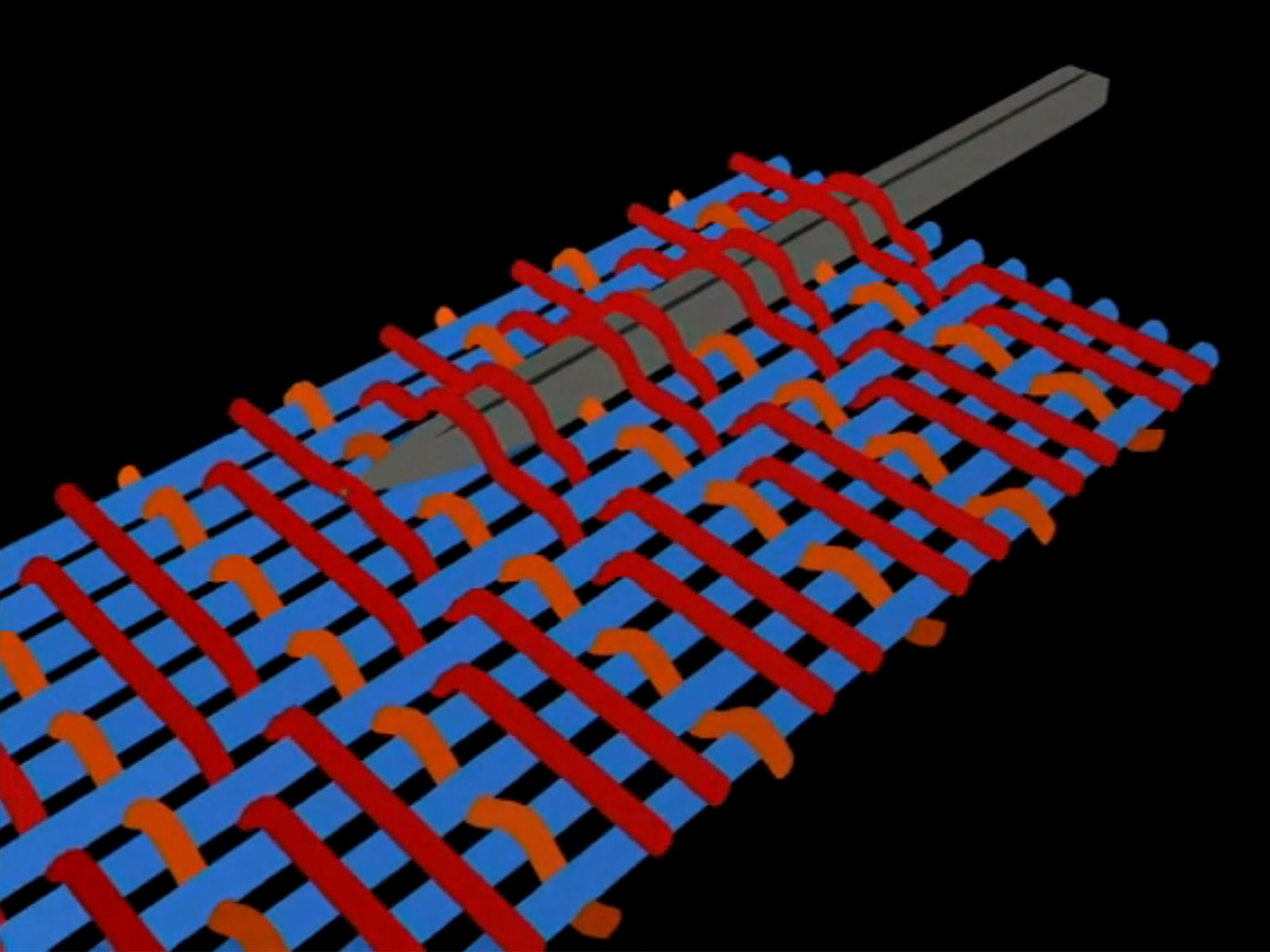
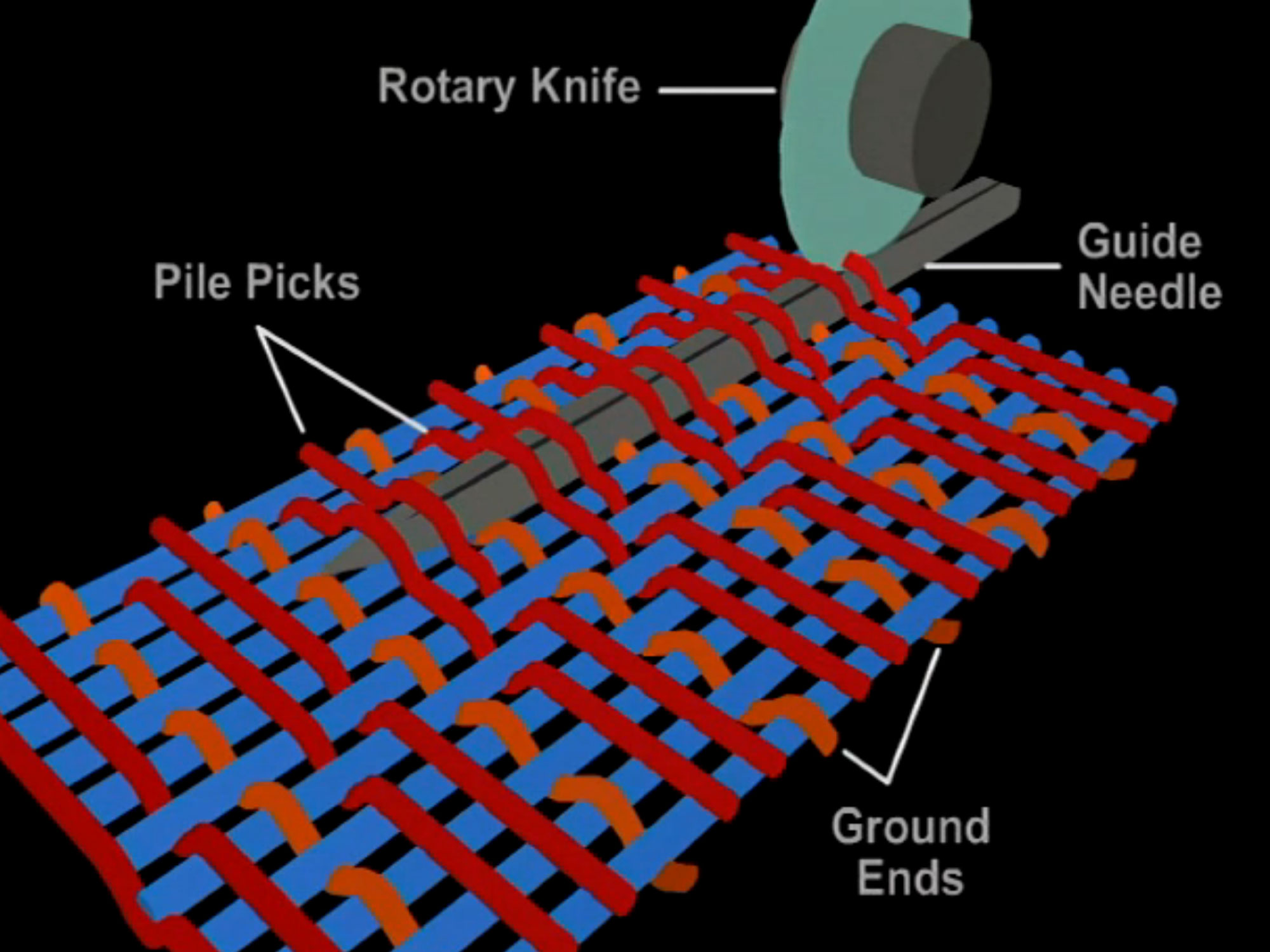
Crepe
The crepe weave is also a derivative of the plain weave. The most common crepes are CAM weaves and are typically made with high-twist warp and filling yarns. The twist may range from a 5.0 twist multiple or higher. The fabric may also use alternating S and Z twist yarn to accentuate the crepe effect.
After weaving, during finishing, the fabric relaxes and the high twist makes the fabric surface become pebbly in an appearance that is called crepe.
It should be noted that this fabric could be difficult to eave on air-jet looms due to the tendency of the high twist-filling yarns to kink.
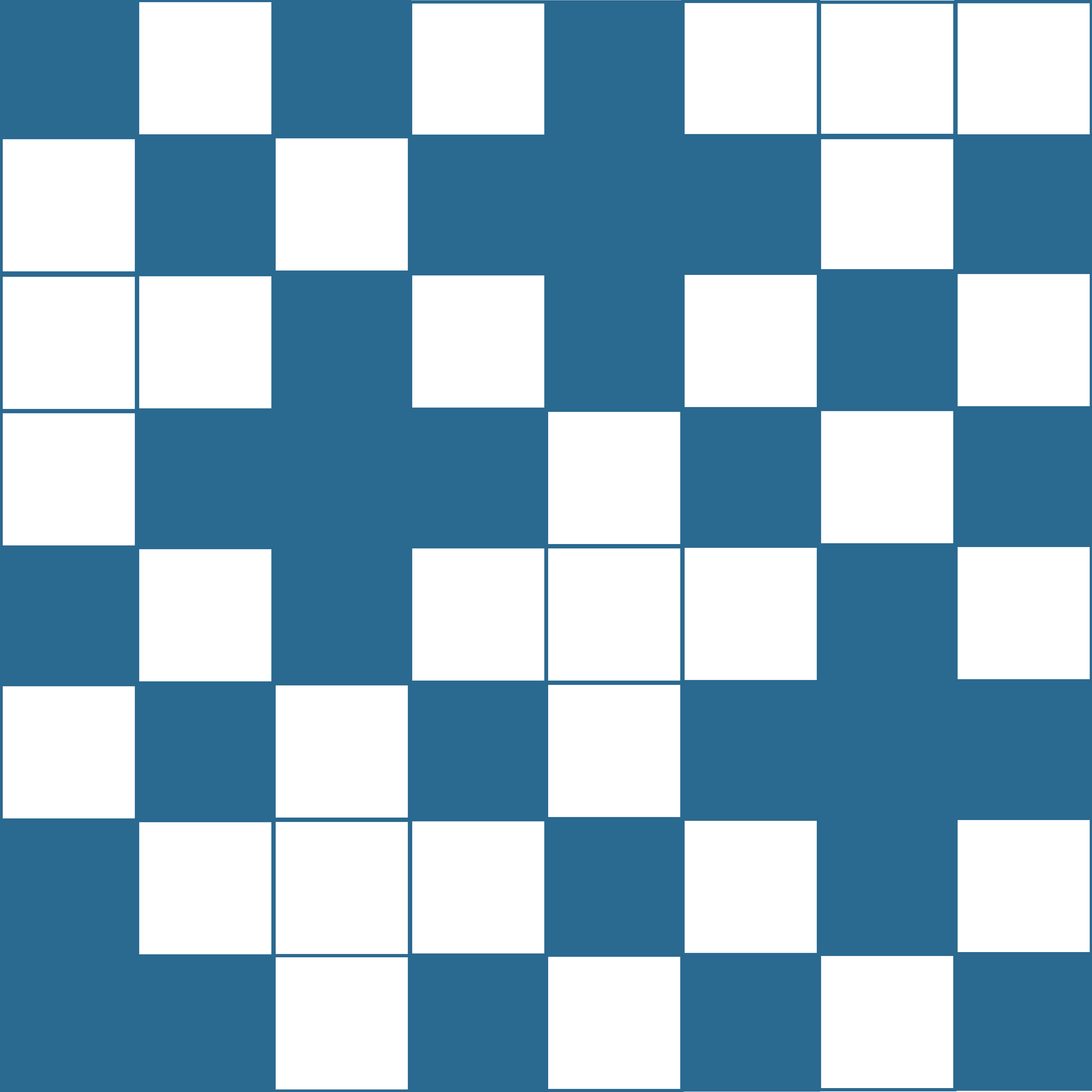
Velvet
Velvet is a pile fabric that can be made from two or more ground pile warps. The pile is created by the warp. The pile can be V-shaped, W-shaped, or a combination of both. Most velvet fabrics are woven as two fabrics and they are separated at the loom or during a separate operation off the loom. Velvet pile is less than 1/8” in height. Pile heights over 1/8” are referred to as plush fabrics.
Velvet V-Weave
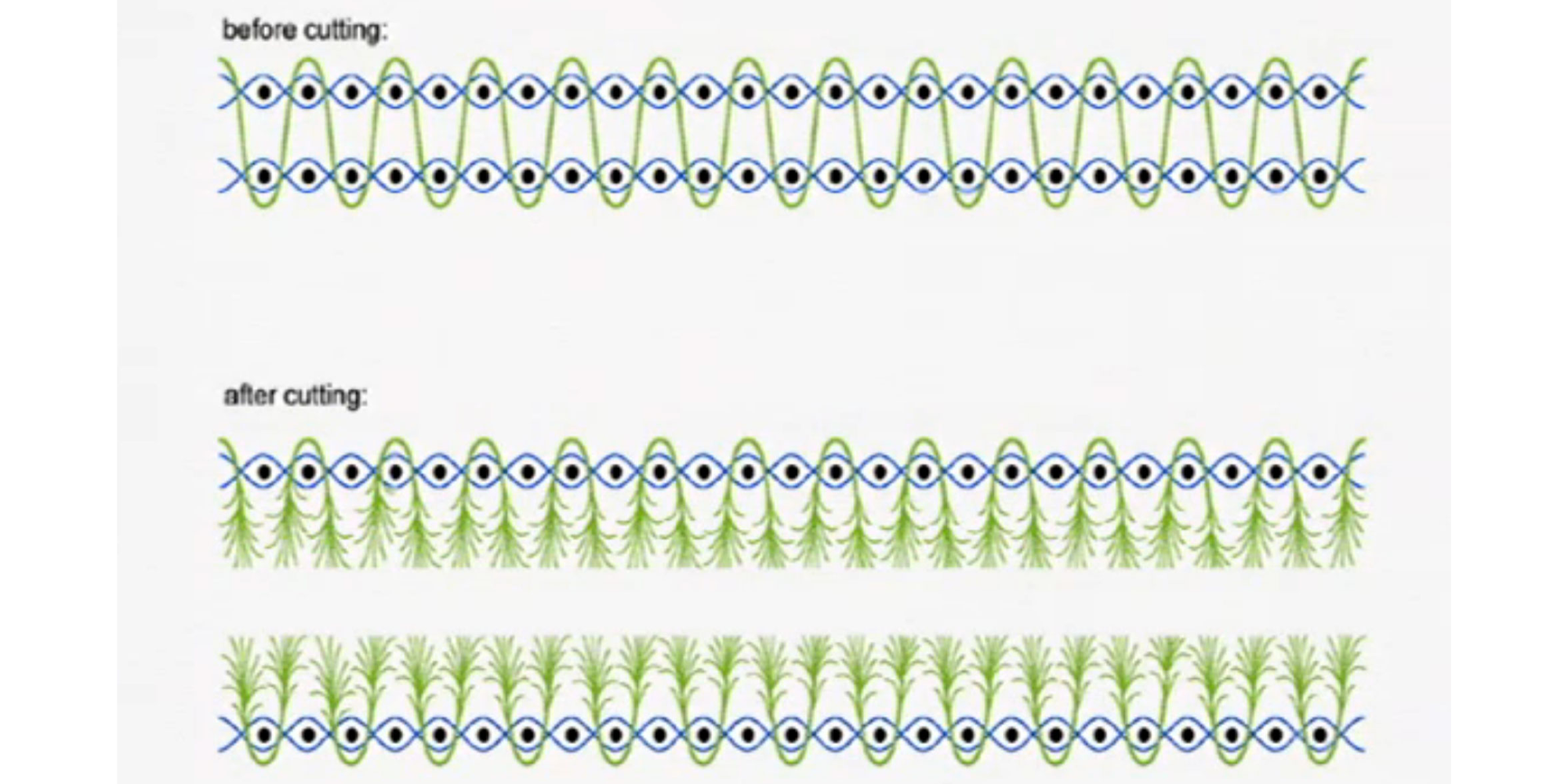
Velvet W-Weave
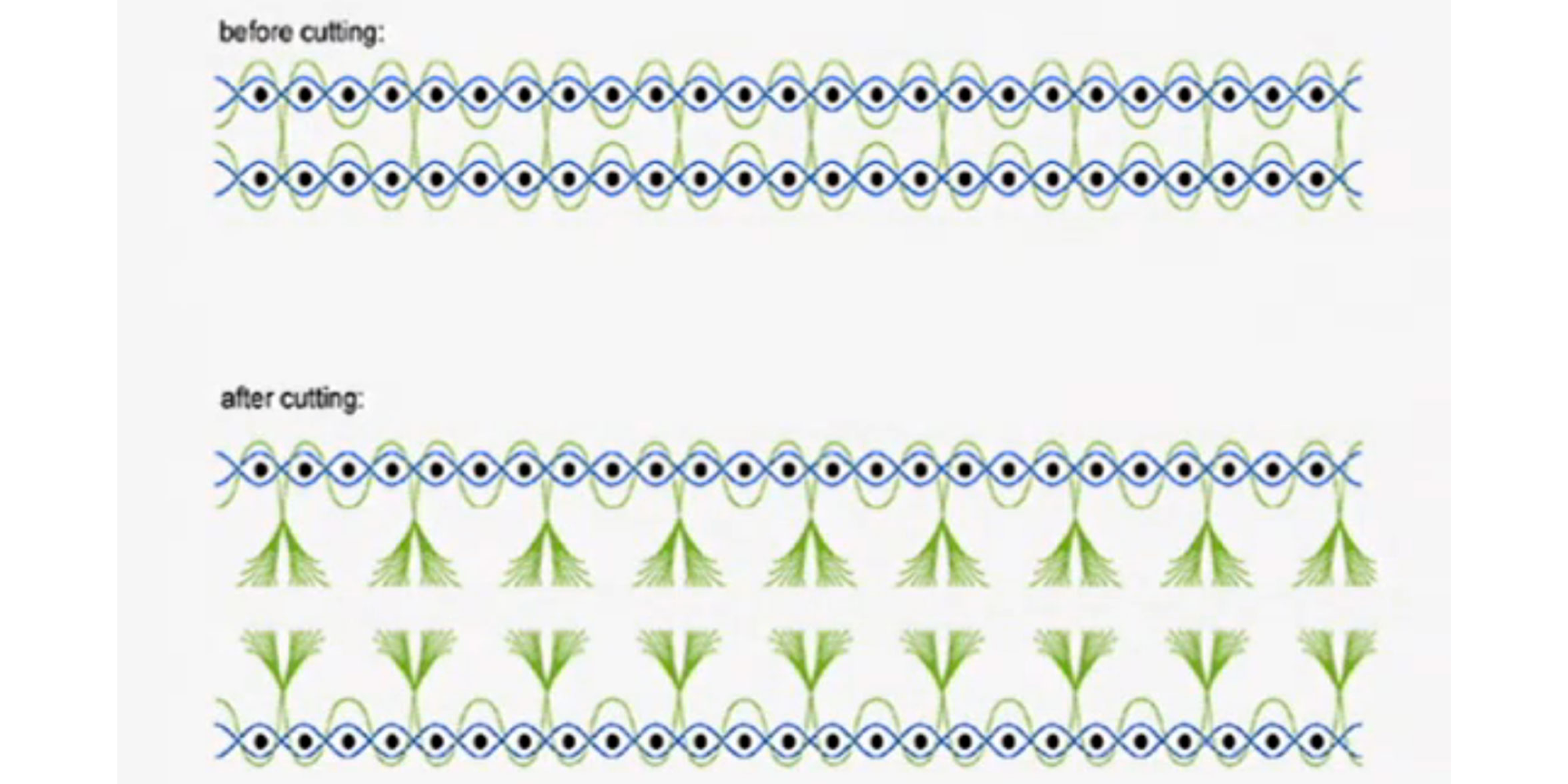
Velveteen
Velveteen is a pile fabric made with two warps and one filling. The filling weaves into each warp forming two fabrics that are slit at the loom or off the loom. The pile of velveteen is formed by the filling. The pile for corduroy and velveteen is formed by the filling. However, there are two warps that make up velveteen and only one for corduroy. The pile for velveteen fabric is shorter than the pile of velvet. Very little velveteen is woven today due to the extremely high number of picks per inch which can be as high as 400.
Fabrics with extremely complicated woven designs are manufactured using a jacquard loom. In jacquard weaving, each individual warp end could be controlled instead of a series or groups of warp ends as in harness looms. This separate yarn control provides the greatest freedom for the designer because large intricate patterns can be transferred to fabric, Jacquard designs will involve at least two of the basic weaves such as satin weave or plain weave in various arrangements to form patterns.
Velveteen Weave
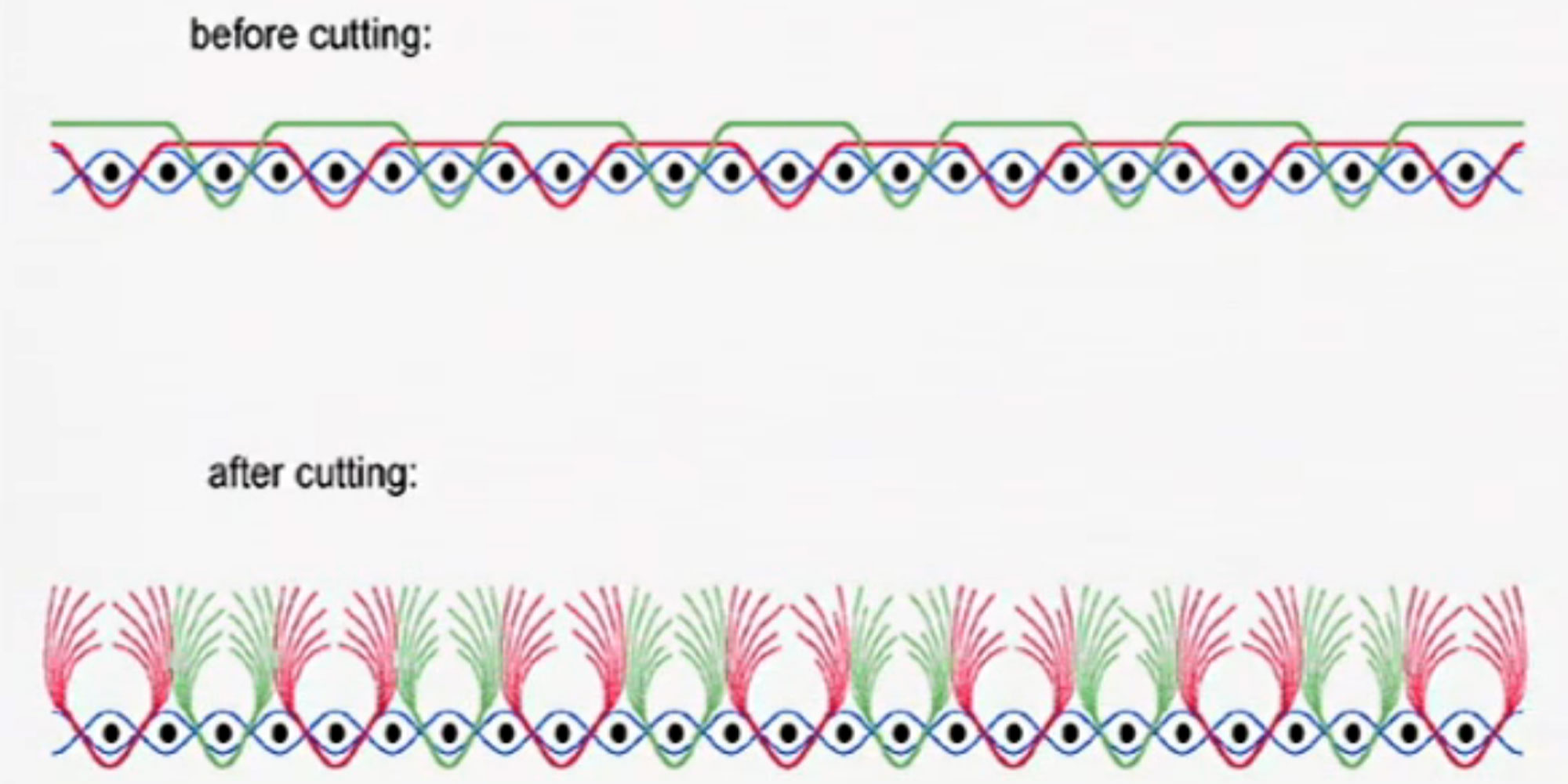
TERMS TO KNOW (click to flip)
Any fabric that has yarns intentionally protruding from the surface of the cloth, either loops or cut loops (i.e., corduroy,…
view in glossaryA cut pile fabric that was woven with filling floats. The floats are then cut after weaving, allowing the filling…
view in glossaryWarp pile fabric with a woven cut pile, which is cut to a uniform height, giving it a very lush…
view in glossaryFilling pile fabric with a woven cut pile, made to resemble a velvet fabric. The pile is created in the…
view in glossary